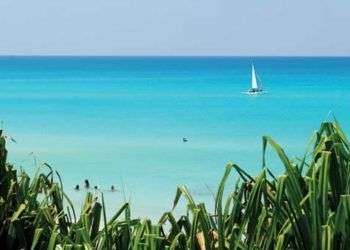Varadero: more than sand, sun and sea
Varadero is more than 22 kilometers of beaches with exceptional sand; colorful warm, clean waters; wonderful sunshine and the point in Cuba closest to the United States. It is also history, culture and memories of a fishing village and its hardworking inhabitants. Its origins go back more than 6,000 years, based on prehistoric art and other evidence of pre-agro-pottery indigenous communities found in caves such as the Cueva de los Musulmans, the Cueva de Ambrosio, and other sites. For five centuries, its most important activity was a saltworks, located on a coastal point in the central-northern area of the Peninsula of Hicacos. Its economic takeoff began in 1883, when 10 families from the city of Cárdenas, part of an association known as Los Decenviros (The Decemvirs) decided to develop the village, drawn by its exceptional beaches and weather. The rise of tourism goes back to the 1930s, and it grew rapidly in the following decade, when Varadero became the favorite place of the Cuban bourgeoisie and visitors from the United States, who took up a quote from U.S. President Franklin Delano Roosevelt: “Varadero is the ideal beach for tourism.” With the Revolution, its development was accelerated, and today it has...



